Approaching texts Ortega y Gasset (1).
By José Javier González Alayón.
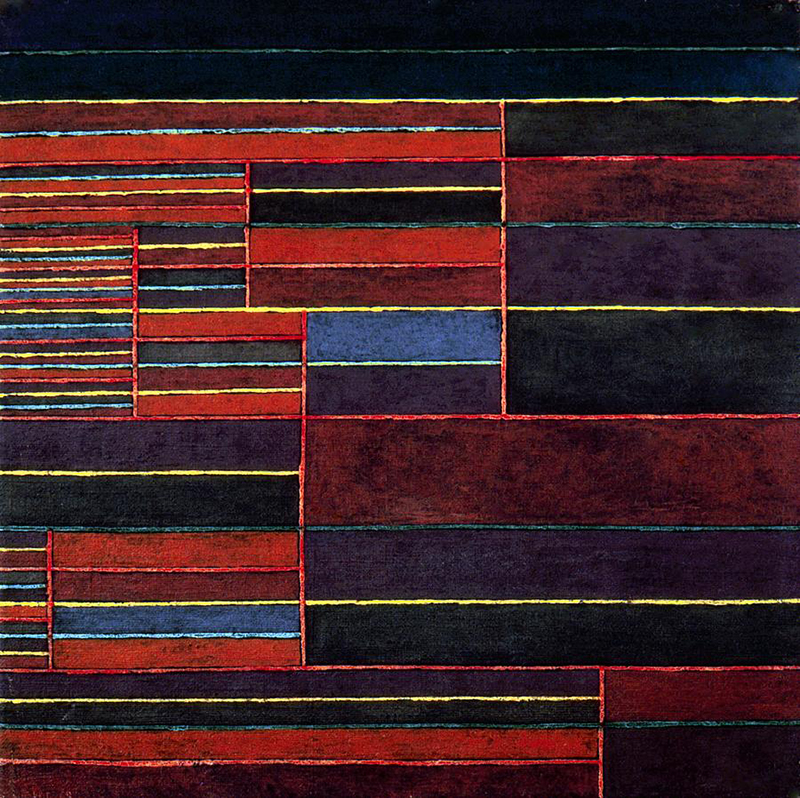 Three thresholds. Paul Klee, 1929
Three thresholds. Paul Klee, 1929
Origins of the avant-garde aesthetic principles
The continuous accumulation of artistic production came late nineteenth century until crush artistic inspiration, driving a sharp break which represented the vanguard of early twentieth century. The denial took over and everything new must be seen as an opposition to the old art, the historical thread must be broken. For Ortega was the time when there was a strong Dehumanization of Art. As old art rejection, according to the philosopher, new art part of a "disgust living forms", on different scales, but declared to all discipline Muses fed from the Renaissance with all its sensuality and vitality. The intensity of dehumanization in the artwork was different and proportional to the three categories of elements that make up our world: people, other living organisms and inorganic things. For Ortega, the more vital, banished be more avant-garde art scene.
The new aesthetic principles will go through a process of dismantling the human, where the mode of expression must be true representation of the newly founded company. Therefore, required to create from scratch a new language as the main tool. The void is the empty state space and to intervene in it the artist clings to the geometry as a means of expression, science by nature unnatural and rabidly abstract. Abstraction which gives it a weightless culture, social weight release Ortega insignificance defined as art, freeing of charges and obligations shared with science or politics within human concerns and interests.
Madrid essayist said that: "The aspiration is not pure art, As many think a superb, but, instead, modesty. When emptying the art of human pathos, is inconsequential, as only some art, without pretension. "Yet, spent a century, modern art and the other arts that grew out of it, mainly the architecture, for being the most social of them-, remain inaccessible to the masses.
Wilhem Ortega Worringer quotes in an essay, entitled "Art of this World and the Other", to explain that art history has been definitely a turn and merge the foundations of a new wanting artistic, one distinct aesthetic will, opposite artistic power, foundation based on the ability to recreate a naturalistic art. For this, abstraction is the tool of the new aesthetic will.
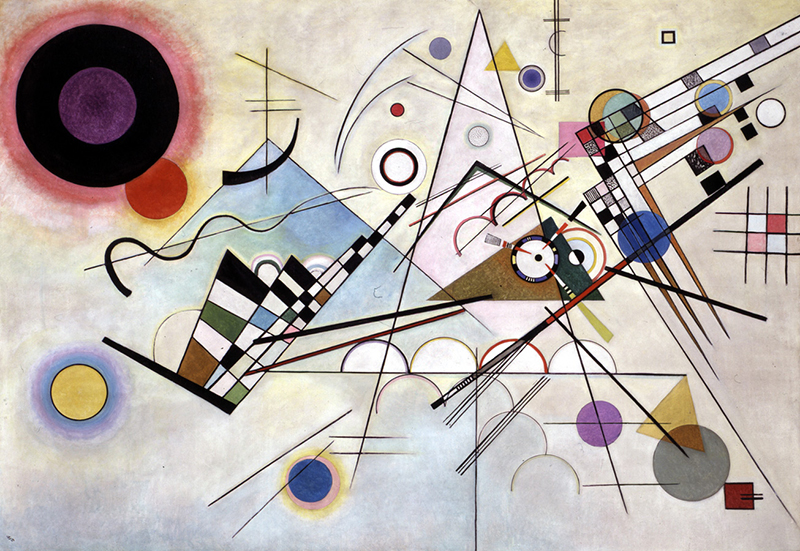 Composition 8. Vassily Kandinsky, 1923
Composition 8. Vassily Kandinsky, 1923
The idea of how the design of objects
The object in the nineteenth century art, quintessential realist, was designed more to be emulated. The artist was obliged to recreate situations able to engage the viewer, facilitating the apprehension dela work. Larealidad expressed by one is shared by the other.
From the moment when the object no longer work in a reality-based on a fragment of it to be more precise, it is an idea, and is replaced by a medium, leaves the viewer unable to access common to the whole of the reality that this fragment referred us. So, the object is an unreality, created by artist, a law itself and therefore transferable, which makes it difficult to live with him. With no resemblance to the reality of the beholder, just gives him purely aesthetic feelings and feelings of similarity, left out of his mind, the spectator is ejected from the scope of understanding of the object. Therefore, it is approachable only from the visual intellect, the senses are just vehicles for the free action of the imagination, operation of aesthetic reason to produce aesthetic delight, Kant defines as.
If the form is the mode of existence of the thing, expressing the internal connection and organization mode of the object and is determined by the content of this, is clear that the new art form still a reflection of reality, of such and such peculiarities of a people or a culture. The origin of the art object ceases to be of foreign origin (public), for internal genesis (Private).
Although the shape of an object, in this case the art, never remains unchanged, may come to possess a relative independence in proportion to endorse chelates history. Suestabilidad is a factor that ensures the progressive development of content, but that same stability, that stimulates early in development, eventually becomes a source of conservatism. This typecasting of artistic form, immediately relegates regarding the new content, generating a contradiction that forces her to make a change in line with the transformations. In the process of constant renewal and progress of societies is difficult to cite a fact of "overcoming" (form), as radical as we refer to al.
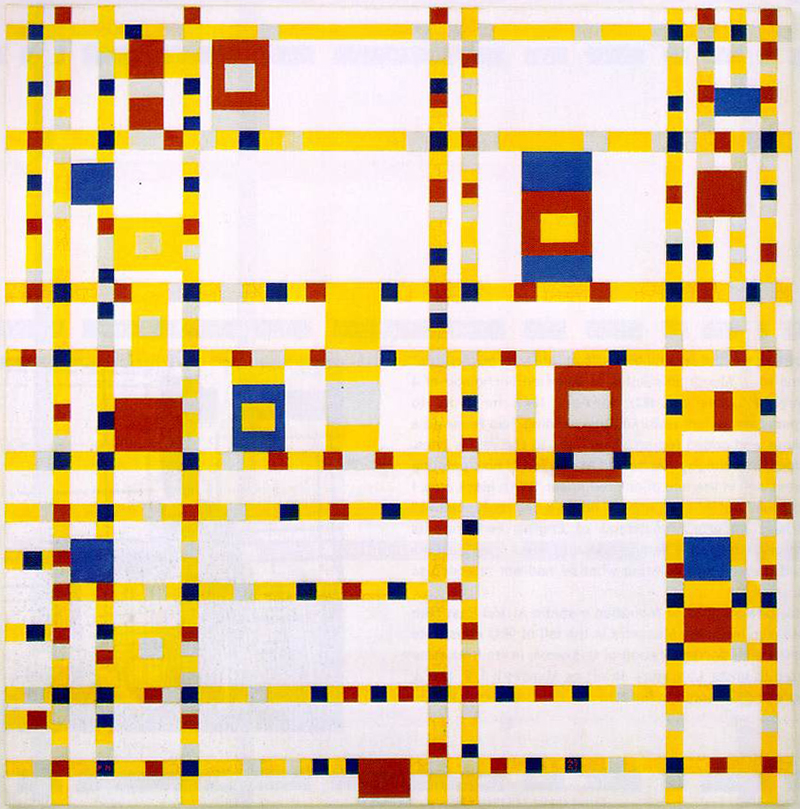 Broadway Boogie Woogie. Piet Mondrian, 1921
Broadway Boogie Woogie. Piet Mondrian, 1921
Relations between art and reality
Speaking of reality in thought Ortega, we refer to the concept of radical reality, defined as the interpretation of our life from the coexistence of the self with the world. And exactly as the author:
"I thought as I am subjectivity and as part of a fact which the other part is dual world. Therefore, the radical and insofisticable data not my existence is not I exist, -But my coexistence with the world ". And accordingly: "There, therefore immutable reality that alleged only, There are many realities as views. The point of view creates the picture ".
Of all these different viewpoints different perspectives Devendran, which philosophically is defined as perspectivism. Then, all the knowledge that is derived from this doctrine, depends on your point of view (reality) you have and this in turn, spiritual the distance that separates the fact.
To explain then the relationship between art and reality that exists in Ortega's philosophy we must say that the new art is unreal, that for the first time, in relation to ancient art, actual items are removed aesthetic order and take the power of the artistic: inevitable consequence of the dehumanization of art. The artist before the work devoid of any real view, the sea, humanly lived, to take a domestic perspective, unreal. To emulate things happened to paint ideas, namely, unreality.
Ortega specified: "Art is doubly unreal: first because it is not real, because it is something other than the real; second because that something different and new that is the aesthetic object carries within it as one of its elements the crushing reality ".
From this experience you get the enjoyment of the art object and not the enjoyment of himself, product to be linked with the realities presented in the work of art. The contemplation replaces viewer identification versus art object.
Finally we attend to what is perhaps the main feature of avant-garde art to Ortega y Gasset: his unpopularity. Any "improvement" within a certain rejection system involves input. But the situation presented in this new art scene is a problem related to sociological, because the public is stratified by intellectual selection process. The classification is simple: those who understand and assimilate and those who do not understand and reject. While this segregation is drastic, because the percentages are markedly divergent for those who feel humiliated by the new art.
As stated Ortega, the new art is an "art artistic", namely, produced and accessible only by artists, both known and properly called, such as those with sufficient cultural level to enter the elite able to make intelligible the art object, modern architecture including base its foundation, among other things, these aesthetic principles.
(1) All quotes are taken from: Ortega y Gasset, The Dehumanization of Art and Other Essays in aesthetics, Alianza Editorial, 1998.
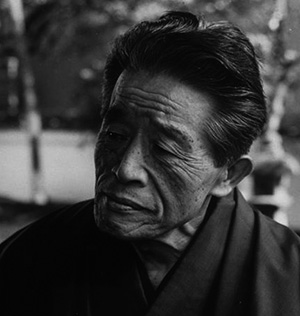


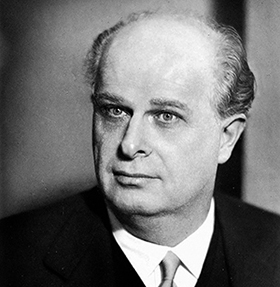
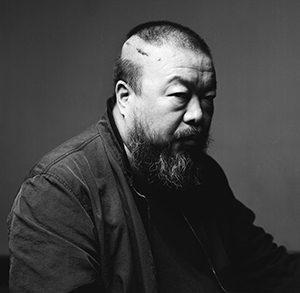
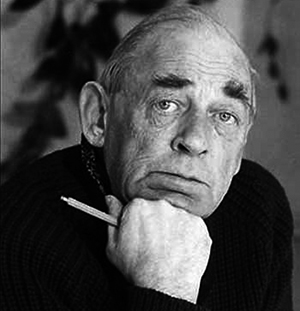

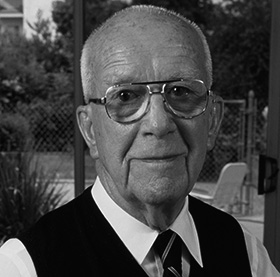
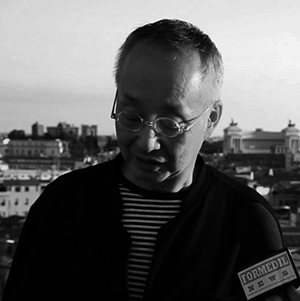
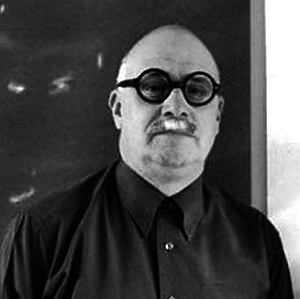
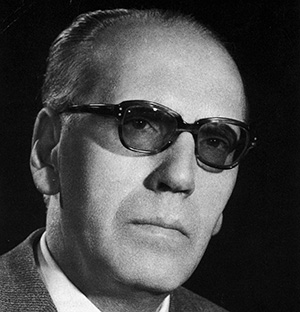
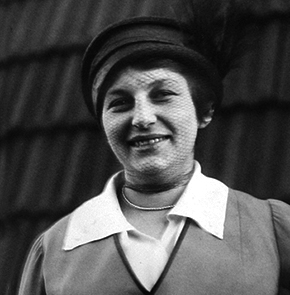
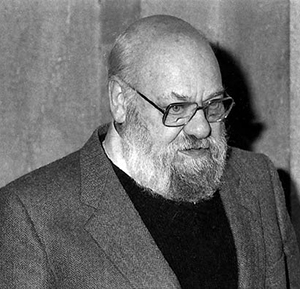
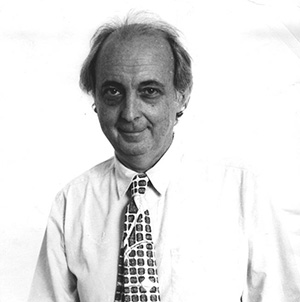
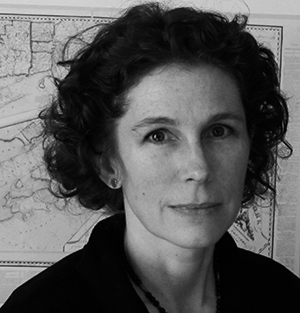
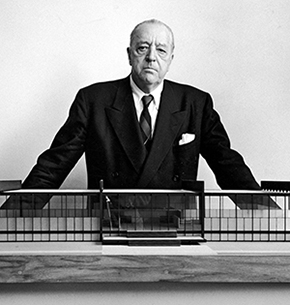

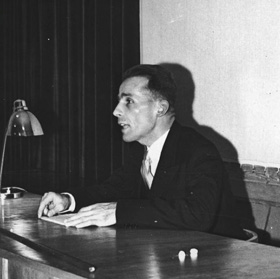

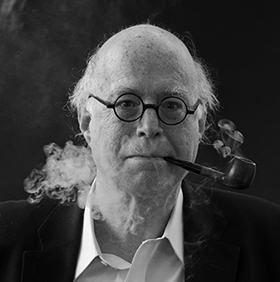
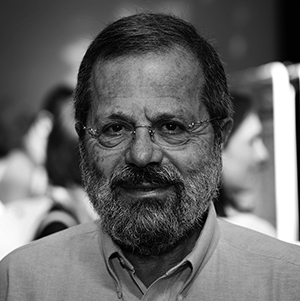

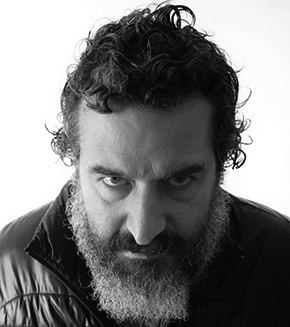
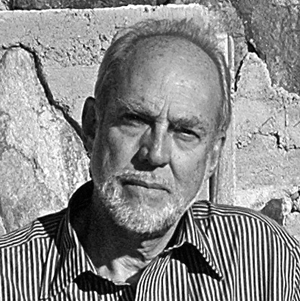
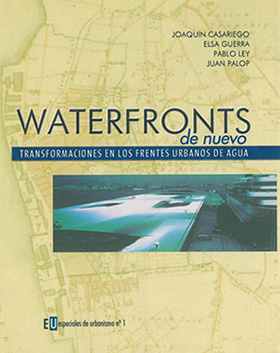




eso n esplica ndaa